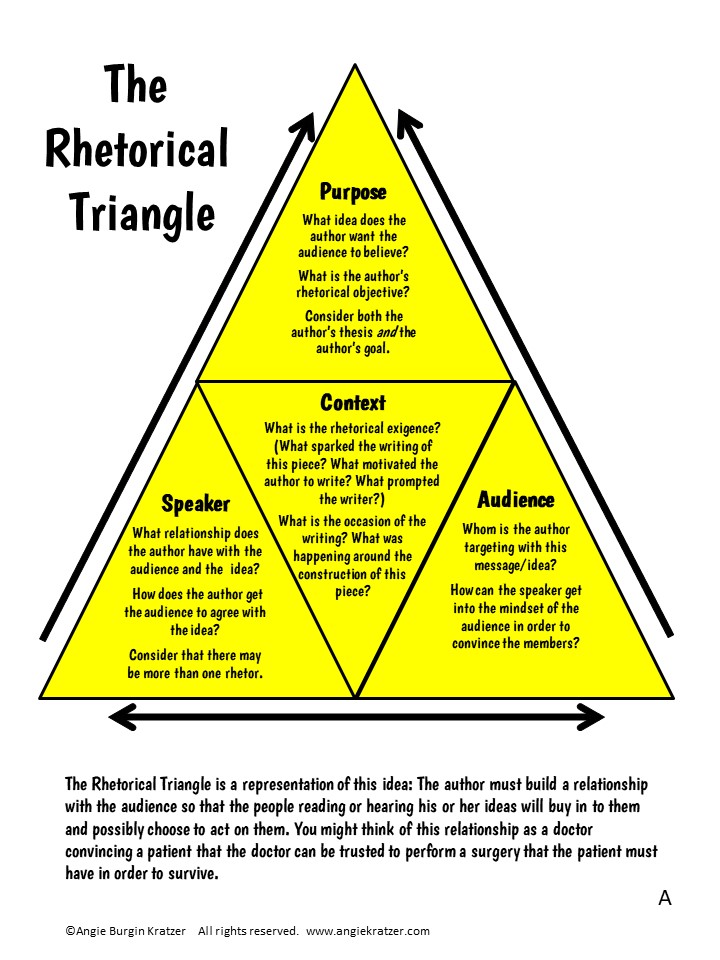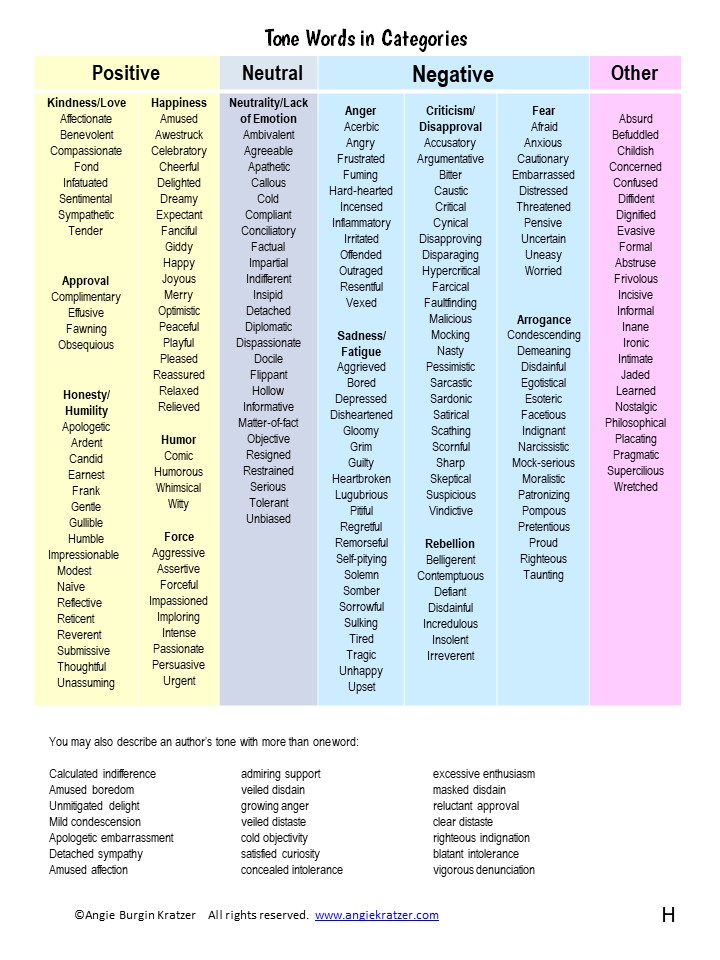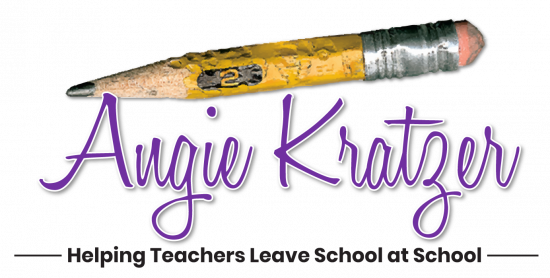
How in the world do we start?
There are so many ways to design an AP English Language course, that it’s hard to decide what to do the first week. For some schools, schedules are pretty fluid the first ten days or so, so you may be constantly dropping and gaining students. For others, students might be allowed to drop classes they find too challenging, so the classroom dynamic keeps changing. I’ve never been in either situation; in both the schools in which I taught Lang, schedules were pretty much locked in for upper-level upperclassmen, and they weren’t allowed to drop. My problem in both schools was schedule modification because of extended homeroom. I might have had one class that met for 30 minutes and another that lasted 90. That drove me bonkers.
Ideal world: If I had the same students every day for the first week of school, and we met for the same amount of time each of those days, here’s how I would run that first week.
Day 1: Get to know students as teenagers and as learners.
I’m a little old school when it comes to the seating chart. I line ’em up in rows for the first two weeks until I have learned names and figured out how students interact with each other. After that, I change it up every few days depending on the activity we have going on.
I have three icebreakers I love to use, and they help me figure out how to group students later. All of them work with extroverts, introverts, and ‘tweeners like me.
I then use a couple of learning style and work style inventories for insight into how they learn.
We do spend a few minutes on the obligatory student information form, and I go over some basic course requirements (textbooks, materials they’ll need, how I want their binders divided, etc.).
Students are reminded of our school-wide independent reading program, and I show them where to sign up their books and how to check books out from my personal classroom library.
Day 2: Dive right in with a baseline writing assignment
It’s time for these never-made-below-an-A-type-A kids to experience some humility. We do a 40-minute in-class rhetorical analysis essay on a cold prompt. I give them lined paper, require that they use a black pen, and hand them the most challenging prompt I can find: the 1998 letter from Charles Lamb to William Wordsworth. This baby will separate the cream from the milk, the wheat from the chaff, the tired metaphor from . . . another tired metaphor. The problem this year is that we won’t have anchor papers for it on the new analytic rubric.
Why this prompt? The letter was written in 1801, and the tones are SUBTLE. I want to know who in the room can run with a 19th century piece with layered tones. Full disclosure: I’ve always taught Honors English 10 as well as AP Lang, so I knew many of my students. I had the relationship to scare them a bit without shutting them down.
Then comes the first assignment. Yes, they have homework. No, it’s not overwhelming. I give them hard copies of “Our Barbies, Ourselves” by Emily Prager and have them read and mark it up for whatever they notice. I also ask them to bring in Barbie dolls and GI Joe-type action figures.
Day 3: Introduce the Rhetorical Triangle.

Using “Our Barbies, Ourselves,” I introduce the Rhetorical Triangle, and we line the toys up along my white board tray and discuss the author’s claim and whether or not she makes her argument well.
Day 4: Introduce S.O.A.P.S.
Students learn SOAPS (subject, occasion, audience, purpose, speaker), apply it to stale text (“Our Barbies, Ourselves”) and then apply it to cold text with “The Black Table is Still There.”
Day 5: Introduce tone.
Students have learned the bare-boned basics of rhetoric, and now we get into strategies. I LOVE teaching tone for many reasons, and my first lesson always includes a skit that changes in meaning based on the way the parts are read. I give out an exhaustive list of tone words, categorize them with the students, and then assign “tone parts” to help them see how tone dictates meaning. Students pair up with their assigned tones and perform the mini skit for the class with whatever prompts they want to use. Here’s the script:
Person A: No, you didn’t.
Person B: Yes, I did.
Person A: Where?
Person B: On the other side of town.
Person A: Was it expensive?
Person B: Are you kidding?
Image the tone pair being aghast/triumphant. Now imagine the tone pair being approving/guilty. Are they talking about a heist? A good sale? A new car? A clandestine meeting? Students have a lot of fun with this activity, and you can switch it up with different types of dialogue.




